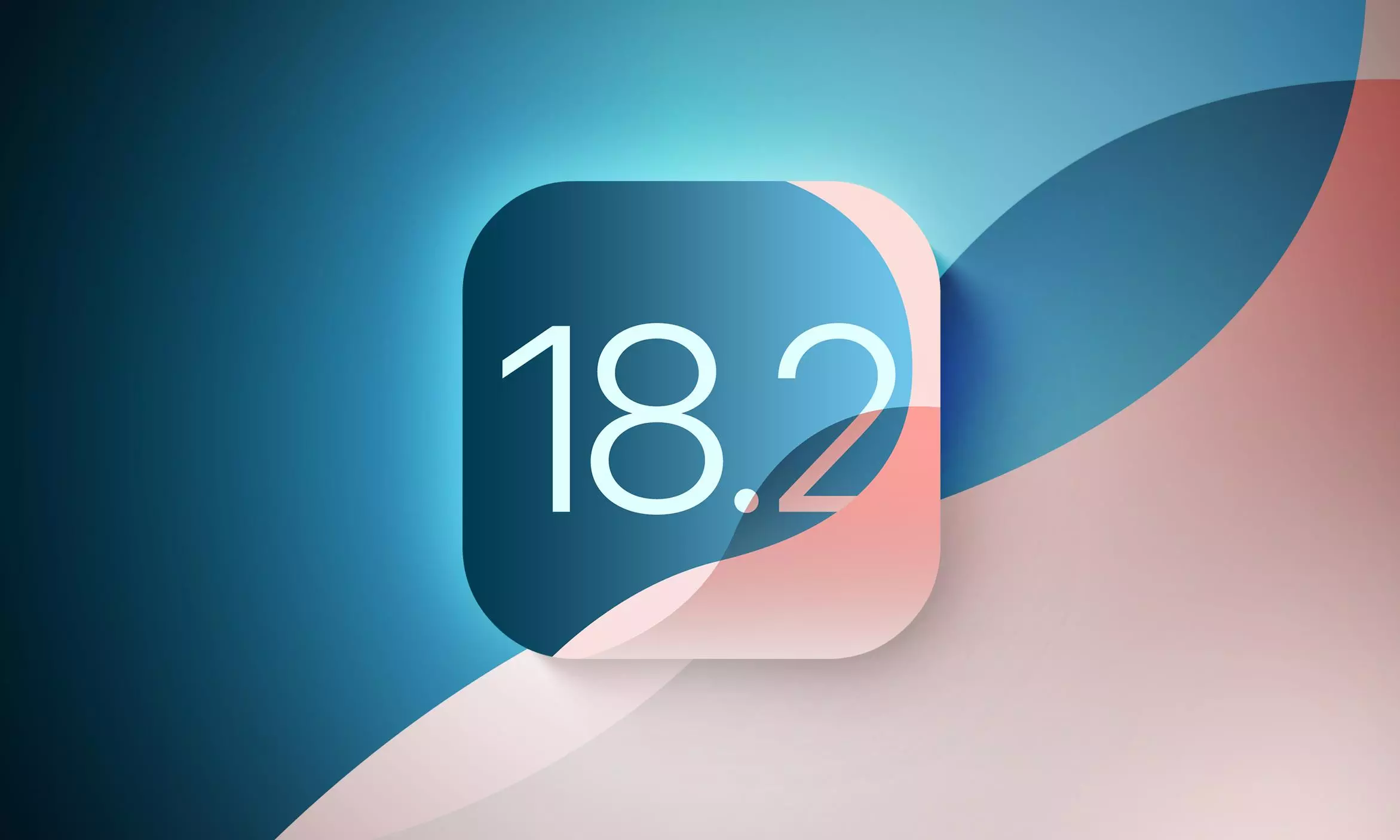The digital age has brought about countless advancements, but the act of writing, that fundamental human skill, has largely remained unchanged. Until now. With the release of iOS 18.2, Apple is introducing a suite of powerful AI-driven writing tools that promise to transform how we create and communicate. This isn’t just about spellcheck or grammar correction; this is about a fundamental shift in how we approach the blank page.
The Dawn of AI-Assisted Composition: Meet “Compose”
Imagine having a tireless writing partner, always ready to help you craft the perfect email, essay, or even a simple text message. This is the promise of “Compose,” a groundbreaking feature powered by Apple’s strategic partnership with OpenAI. Integrated directly into Siri and accessible system-wide, Compose leverages the power of ChatGPT to generate original text based on your instructions.
No longer will you stare at a blinking cursor, struggling to find the right words. Simply tap the Compose button, describe what you need – whether it’s a persuasive marketing email, a heartfelt birthday message, or a complex research paper – and watch as ChatGPT generates a first draft. This isn’t just about filling in the blanks; it’s about generating coherent, contextually relevant text that aligns with your specific needs.
The beauty of Compose lies in its iterative nature. Once the initial draft is generated, you can provide further instructions to refine the text, request a complete rewrite, or even utilize ChatGPT’s built-in suggestions for improvement. This collaborative process ensures that the final product is not just AI-generated, but truly reflects your vision and intentions. While an optional upgrade to ChatGPT Plus offers access to more advanced models, the core functionality is readily available to all users, making this powerful tool accessible to everyone.
Beyond Ghostwriting: Mastering the Art of Rewriting
While Compose offers a revolutionary approach to generating new content, iOS 18.2 also introduces significant enhancements to Apple Intelligence’s rewriting capabilities. In previous iterations, the AI could rewrite text in predefined styles – friendly, professional, or concise – which offered a good starting point but lacked the nuance and precision that many writers crave.
iOS 18.2 addresses this limitation with the introduction of “Describe your change,” a feature that empowers users to provide specific instructions for how they want their text rewritten. Instead of relying on generic styles, you can now tell the AI exactly what you want to achieve: “Make this paragraph more persuasive,” “Shorten this sentence for clarity,” or “Change the tone to be more formal.” This granular control transforms the rewriting tool from a simple stylistic adjustment to a powerful instrument for shaping and refining your writing.
A Seamless Integration: Writing Tools at Your Fingertips
Apple has ensured that these powerful writing tools are seamlessly integrated into the iOS ecosystem. In native apps like Notes and Mail, dedicated toolbar buttons provide quick access to the full suite of features. But even when using third-party apps, the tools are just a tap away, accessible through the familiar copy/paste menu. This system-wide availability ensures that you can leverage the power of AI-assisted writing wherever you are, whenever you need it.
The Impact on the Future of Writing
The writing tools introduced in iOS 18.2 represent a significant leap forward in the evolution of digital writing. They offer a powerful combination of generative AI and precise control, empowering users to create better content with greater ease. The “Compose” feature addresses the age-old struggle of the blank page, providing a powerful starting point for any writing task. Meanwhile, the enhanced rewriting capabilities offer unprecedented control over the refinement process.
This isn’t about replacing human writers; it’s about augmenting their abilities, freeing them from tedious tasks and empowering them to focus on the core elements of creativity and communication. With iOS 18.2, Apple is not just introducing new features; they are ushering in a new era of writing, one where technology and human ingenuity work together to unlock the full potential of language. This is more than just an upgrade; it’s a revolution in how we write.
